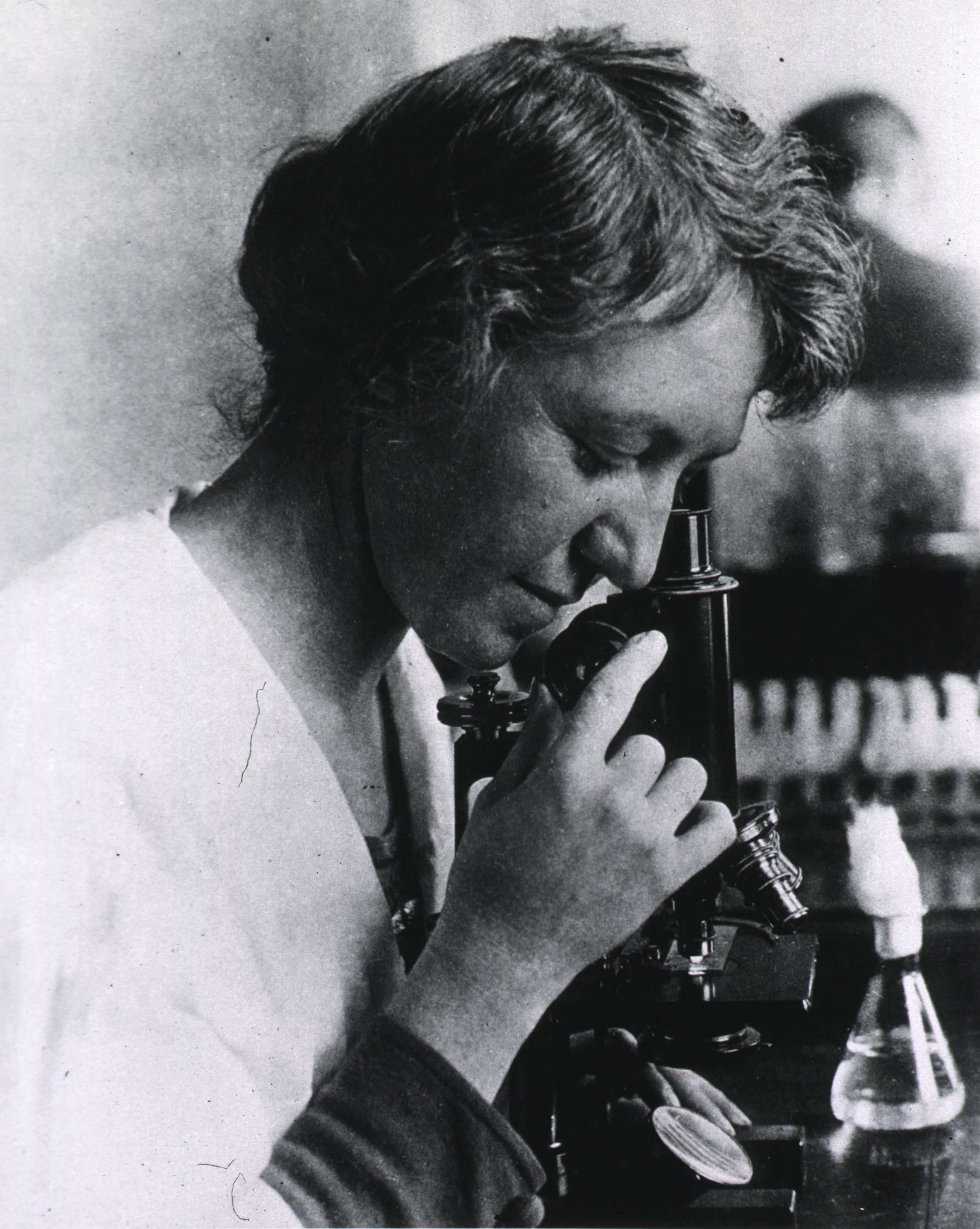...
This page contains some resources about women scientists and researchers at the Hygienic Laboratory, later the National Institutes of Health. For photographs, please search our collections.
Ida Bengtson
| Div | ||||||||||
|---|---|---|---|---|---|---|---|---|---|---|
| ||||||||||
|
Alice Catherine Evans
| Div | ||||||||||
|---|---|---|---|---|---|---|---|---|---|---|
| ||||||||||
|
Sara Branham Matthews
| Div | ||||||||||
|---|---|---|---|---|---|---|---|---|---|---|
| ||||||||||
|
Sara Branham's papers are held at the National Library of Medicine, History of Medicine Division. Dr. Branham, a United States Public Health Service scientist, became nationally known for her studies in the field of infectious diseases and is considered one of the “grand ladies of microbiology.” In 1928, when Branham was forty years old, she was appointed to the National Institute of Health to study pathogens and investigate causes and cures for influenza. Soon she was also investigating salmonella, shigella, and diphtheria toxins and became an expert on the chemotherapy of bacterial meningitis. She became principal bacteriologist in 1950 and served as Chief of the Section on Bacterial Toxins in the Division of Biological Standards until retirement in 1958.
Margaret Pittman
| Div | ||||||||||
|---|---|---|---|---|---|---|---|---|---|---|
| ||||||||||
|





